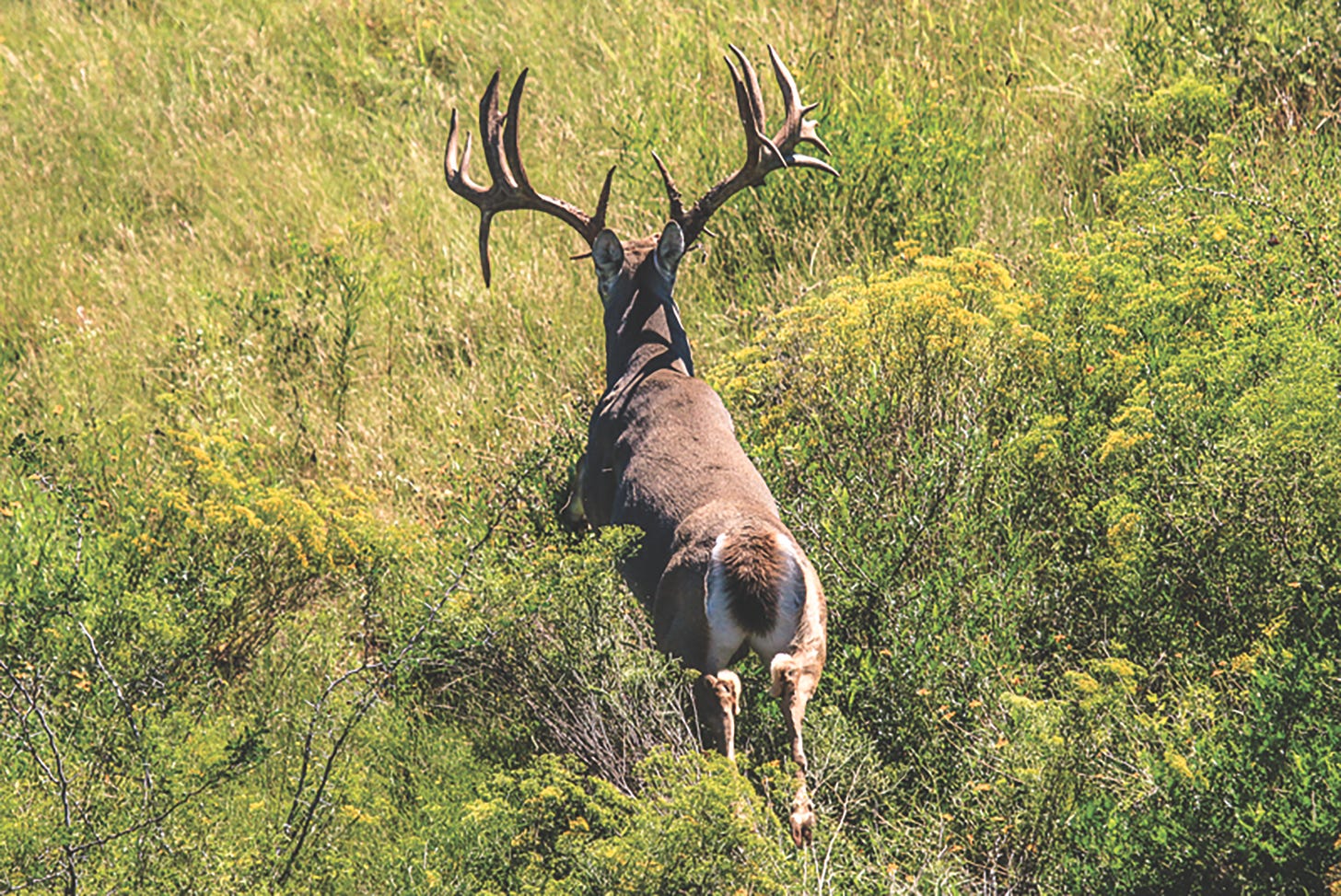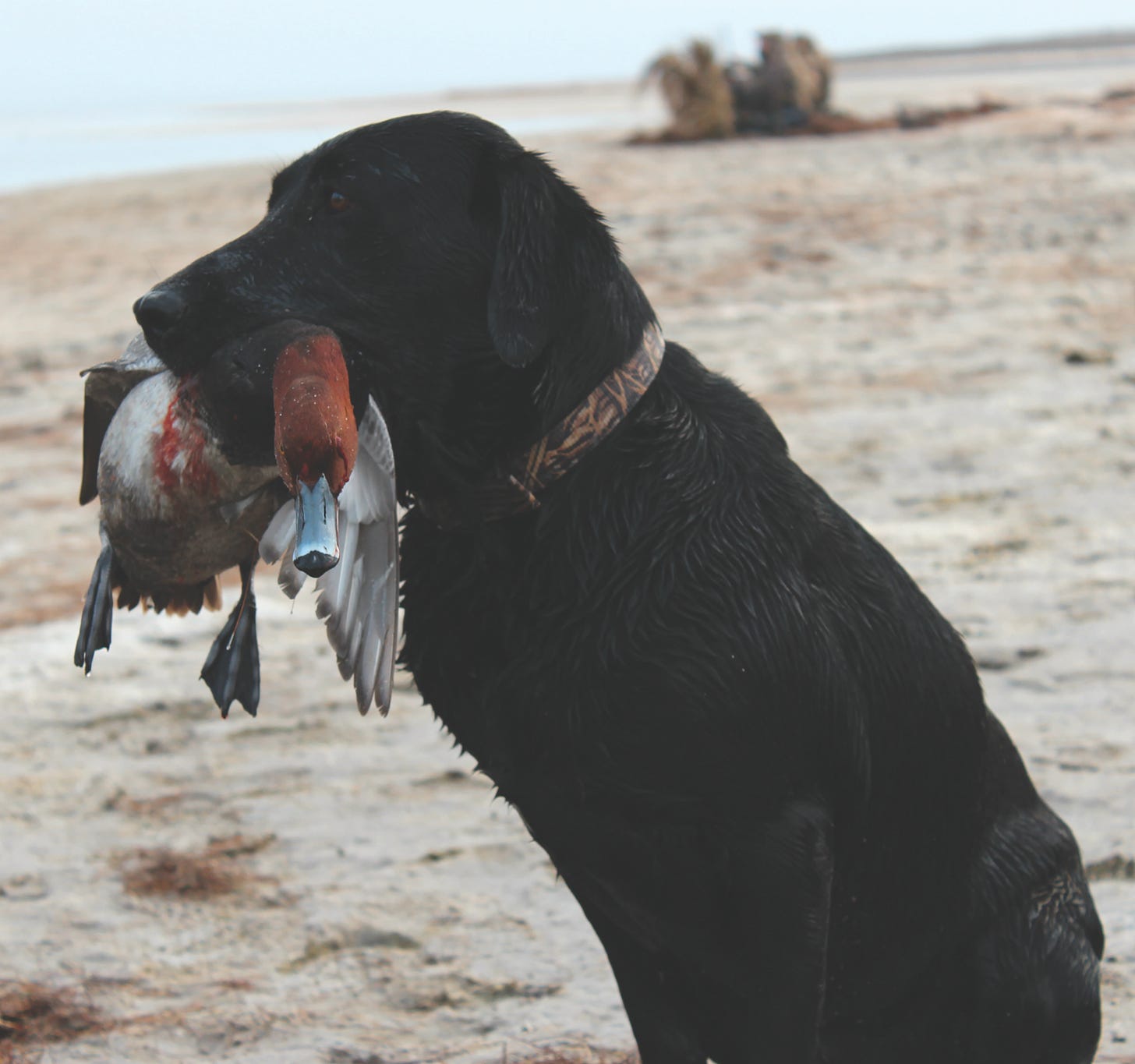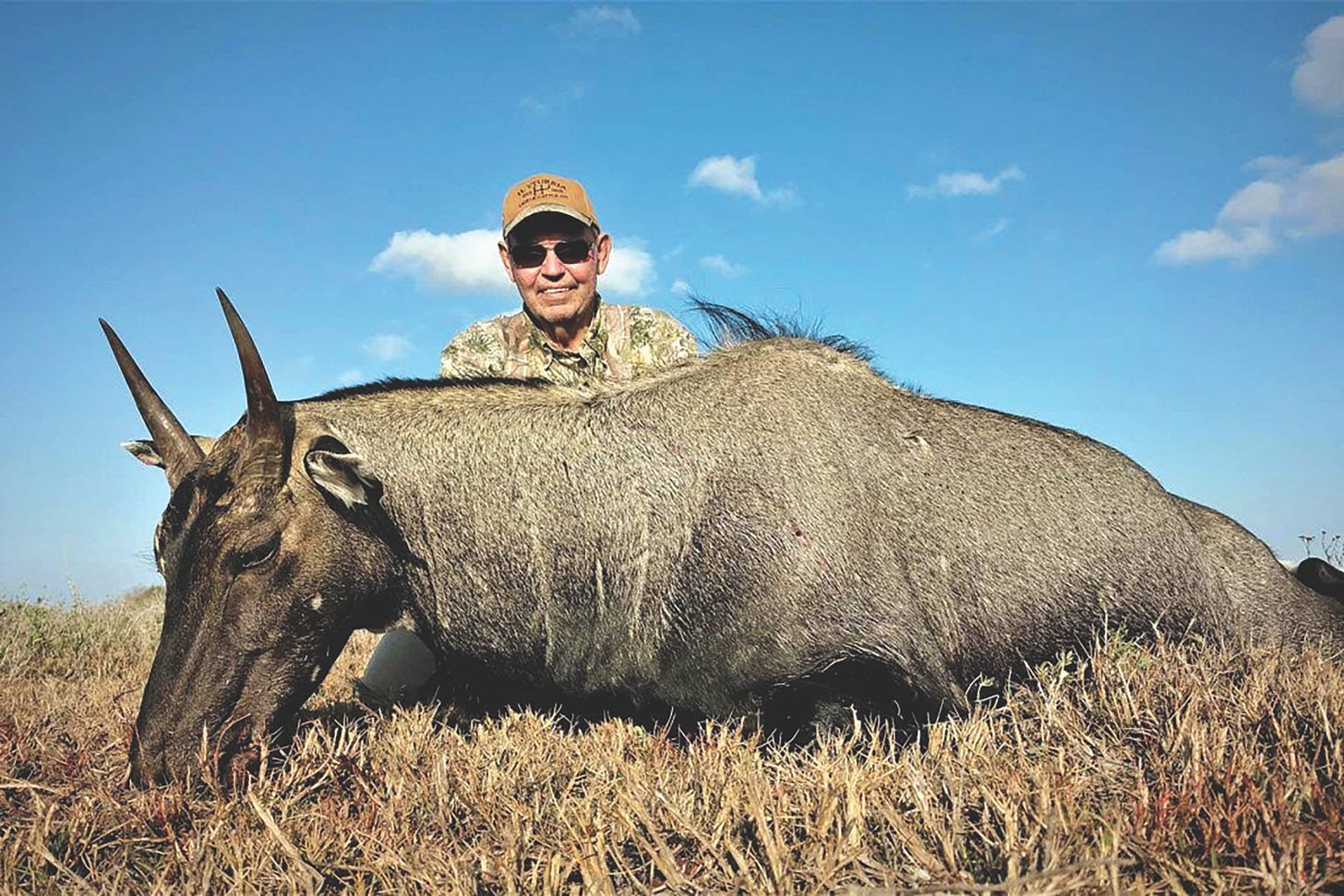Middle Texas Gulf Coast the epicenter for best hunting, fishing in Lone Star State
The area centering on Corpus Christi is prime real estate for a great combination of hunting and fishing exploits that simply don’t exist anywhere else on the planet

The Texas Gulf Coast is an outdoor paradise regardless of whether you’re pursuing game with hook or bullet — and in some cases involving cast and blast outings — both.
While the Gulf coastline in the Lone Star State runs hundreds of miles, the area centering on Corpus Christi is prime real estate for a great combination of hunting and fishing exploits that simply don’t exist anywhere else on the planet. The best part is you only need to take a short drive in almost any direction to find something totally different in the outdoor realm.
Less than an hour to the north, the Rockport area features exceptional bay waterfowl hunting in fall and winter, and red-hot skinny water redfish action year-round.
Head an hour to west and you find superb brush country hunting for big whitetail bucks and the diminutive javelina that is among the most distinctive creatures around.
And finally, saving possibly the best for last, an hour drive southwest puts you smack dab in the heart of the Wild Horse Desert where massive nilgai are thick and the waters of Baffin Bay harbor world-class trophy speckled trout fishing.
Another enticing hunting opportunity are the numerous exotic hunts on nearby game ranches that harbor dozens of sought-after species including African antelope of all shapes and sizes and even feral hogs that certainly need to be thinned out no matter where they’re found. About the only species you won’t find in this part of Texas are pronghorn antelope, mule deer and pheasants, but don’t worry, we’ve even got gators that feature a very different hunt earlier in the year!
While some Texas residents can hunt multiple weeks and maybe even months out of the year, the common hunter and angler likely goes out on shorter trips that are essentially three-day weekend type outings. With that in mind, here’s a glimpse at Gulf Coast outdoor trips that you can do on a Friday-Saturday-Sunday and maybe even be back home to catch the prime-time Cowboys or Texans game on TV!
Whitetails
It’s no secret that the South Texas brush country has the best white-tailed deer hunting in the state — and by default, the country. Whether you’re talking low fence or high fence, it really has no bearing on the quantity of the quality that is killed every fall and winter on places like the King Ranch and other “monster buck” hot spots. While there are some public hunting opportunities on great land like the Chaparral Wildlife Management Area through the draw system, your best bet at bagging a big buck is to book a hunt with a reputable guide or outfitter.
As with any hunt you’d be shelling out thousands of dollars for, it’s imperative that you do your research and gather as much intel as possible before pulling the trigger on a hunt.
While some outfits run hunts that may take up to a week, the majority of them offer shorter packages that may only be a few days but offer an unparalleled success rate at anything ranging from a “management” buck to a truly monster whitetail. This is ideal for the hunter from San Antonio, Austin, Houston or almost anywhere else making the trek south. The first day could be used to get acclimated, sight in your rifle or check your bow and talk to your guides about what to expect in the morning. Then you’d be prepared to possibly kill the buck of a lifetime over the course of the next couple of days!

Waterfowl
When it comes to ducks, geese and sandhill cranes, it’s obvious what the draw is to keep them in an area: food and water. The overall goose outlook in recent seasons along the coast has been downright bad due to a number of conditions, including changing habitat and inflows that have altered some crop production. However, the duck and crane seasons continue to be really good in many locales and exceptional in others.
First and foremost, the area near the Aransas National Wildlife Refuge (including in Nueces, San Patricio and Aransas counties) is off limits to sandhill hunting because they look so similar to their endangered whooping crane cousins. You’re advised to check out the map regulation if you’re planning to hunt anywhere near this area. And for heaven’s sake, don’t do what a Dallas hunter did several seasons back — shoot a juvenile whooping crane in the San Jose Island area — which came with a hefty fine.
The best aspect about duck hunting in the Rockport area is the amount of superb habitat that can be reached mostly by airboat, which is a whole new hunting experience if you’ve never climbed aboard one before. There are numerous good hunting guides that run airboats in fall and winter for a few sought-after species, including redheads and pintails, and it’s also a plus if you communicate in advance and tell them you’d also like to target redfish, trout and flounder as part of a cast and blast trip. If you need any type of verification, simply look at their social media and see if they’ve got client photos on the boat sporting ducks tails and fish scales at the same time. That’s a pretty good indicator they know what they’re doing.
And don’t forget your ear muffs for the boat ride!

Nilgai
The first nilgai in South Texas were transplants from zoos and the ancestors of those creatures that currently roam this country are as wild as can be. The hulking antelope is native to southern Asia but its characteristics made it the perfect species to introduce to the South Texas landscape. Not only did the “blue bulls” survive, they thrived on the plains of the brush country. The overall population has grown from a few dozen in the 1930s to tens of thousands today.
Nilgai don’t do well in colder climates — prolonged hard freezes have been known to thin out the South Texas herd somewhat — but they are hearty animals that can do well across the scrub country. They’re now found from the Baffin Bay-Riviera area all the way down to the Mexican border. In fact, there are currently free-ranging populations in Brooks, Cameron, Hidalgo, Kenedy, Kleberg and Willacy counties. I’ve even seen them in the dunes along the Padre Island National Seashore, where they stick out like a sore thumb.
As with whitetail hunting in South Texas, there are public lands drawn opportunities farther to the Mexican on National Wildlife Refuges, but your best bet is to book a hunt with a guide or outfitter. That’s especially true because mature nilgai are a formidable hunting target and you’ve got to know what you’re doing and have plenty of gun to back it up. Nilgai offer a great exotic trophy hunt because there is no closed season and they even can be hunted at night using thermal optics, which has become quite a new market for brush country outfitters.
Javelinas and Exotics
Javelinas actually are considered a game animal by TPWD but they certainly look like an exotic critter, and South Texas is one of the few places on the planet where you can find them. Some folks confuse javelinas with feral hogs but they’re totally different. Javelinas are part of the peccary family, with the ones residing in Texas being the collared peccary. They tend to travel in small “family groups” and typically are active in early morning and late afternoon during the winter when it’s cooler.
Javelinas have long held an undeserved reputation for being ornery and ferocious but that’s misplaced information. They’ve got poor eyesight in regard to other types of game and actually have started encroaching into urban areas as they get acclimated to easy food sources and crops. I’ve even seen them running through downtown Corpus Christi and Kingsville!
As with the other species mentioned previously, there are plenty of guides offering all-inclusive javelina hunts either by firearm or bow.
South Texas also has a plethora of exotic hunting ranches that offer hunts for everything under the sun. Some of the most common include axis deer and blackbuck antelope, as well as aoudad sheep and a host of other African antelope and other creatures native to other global locales.



